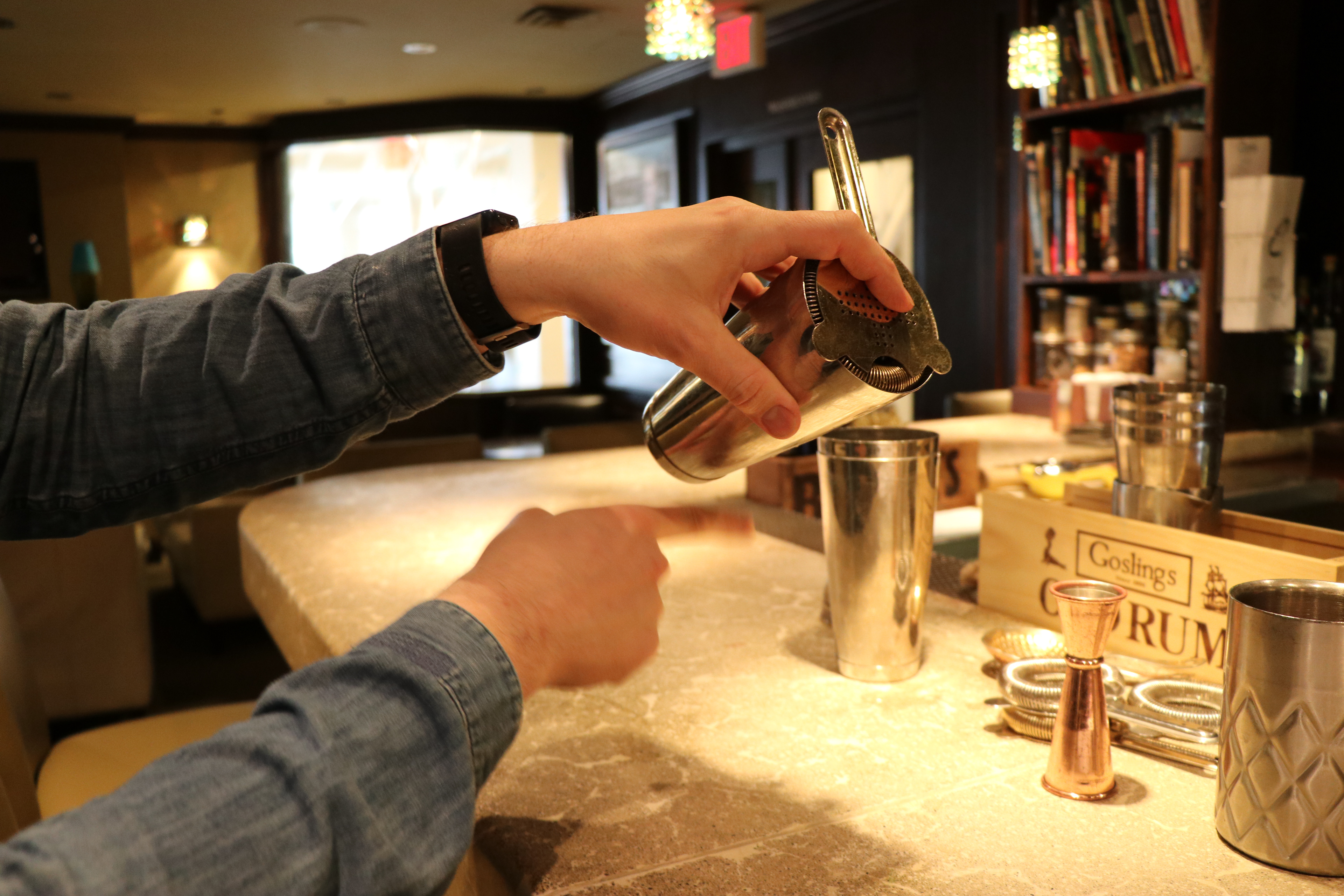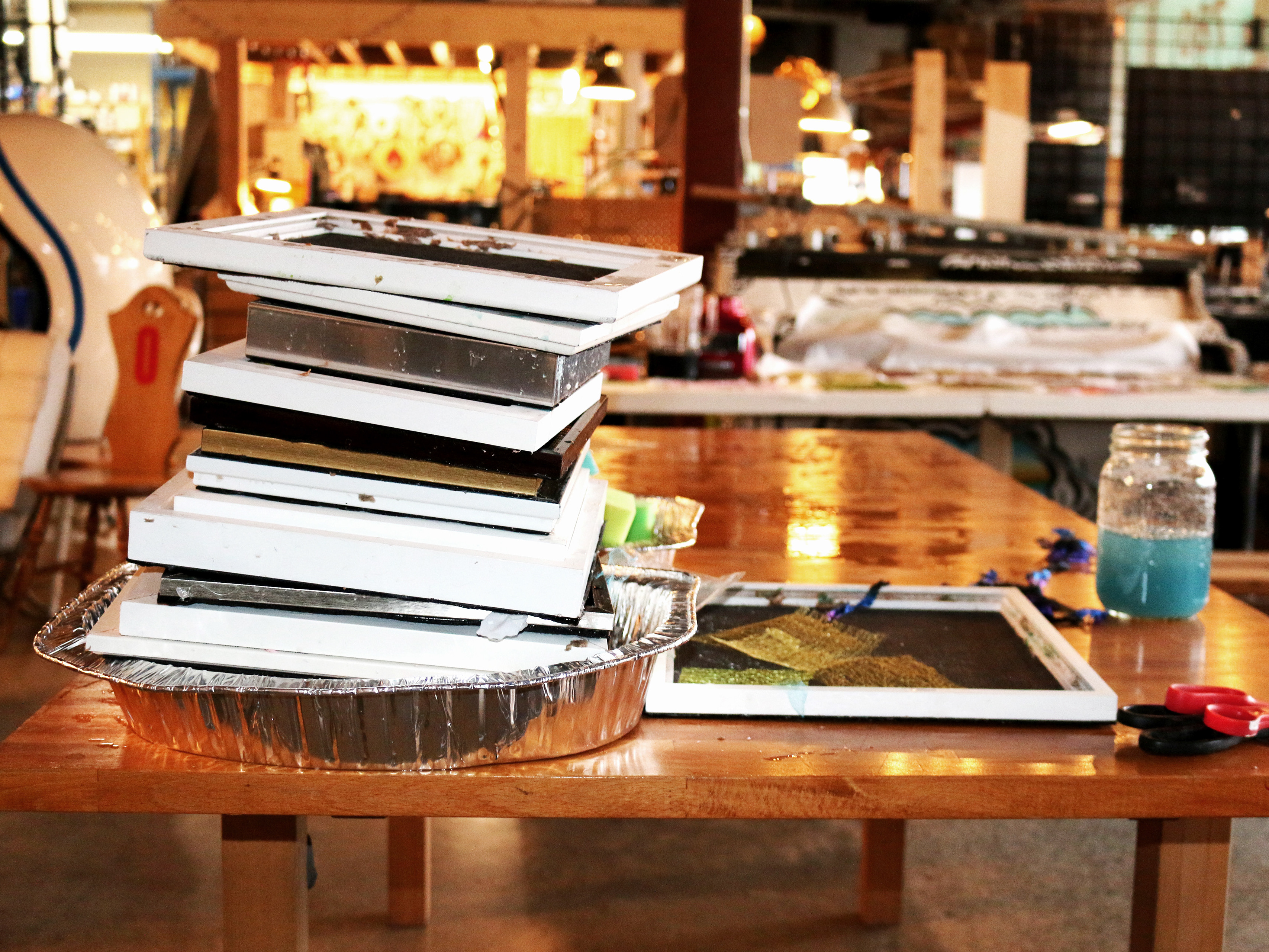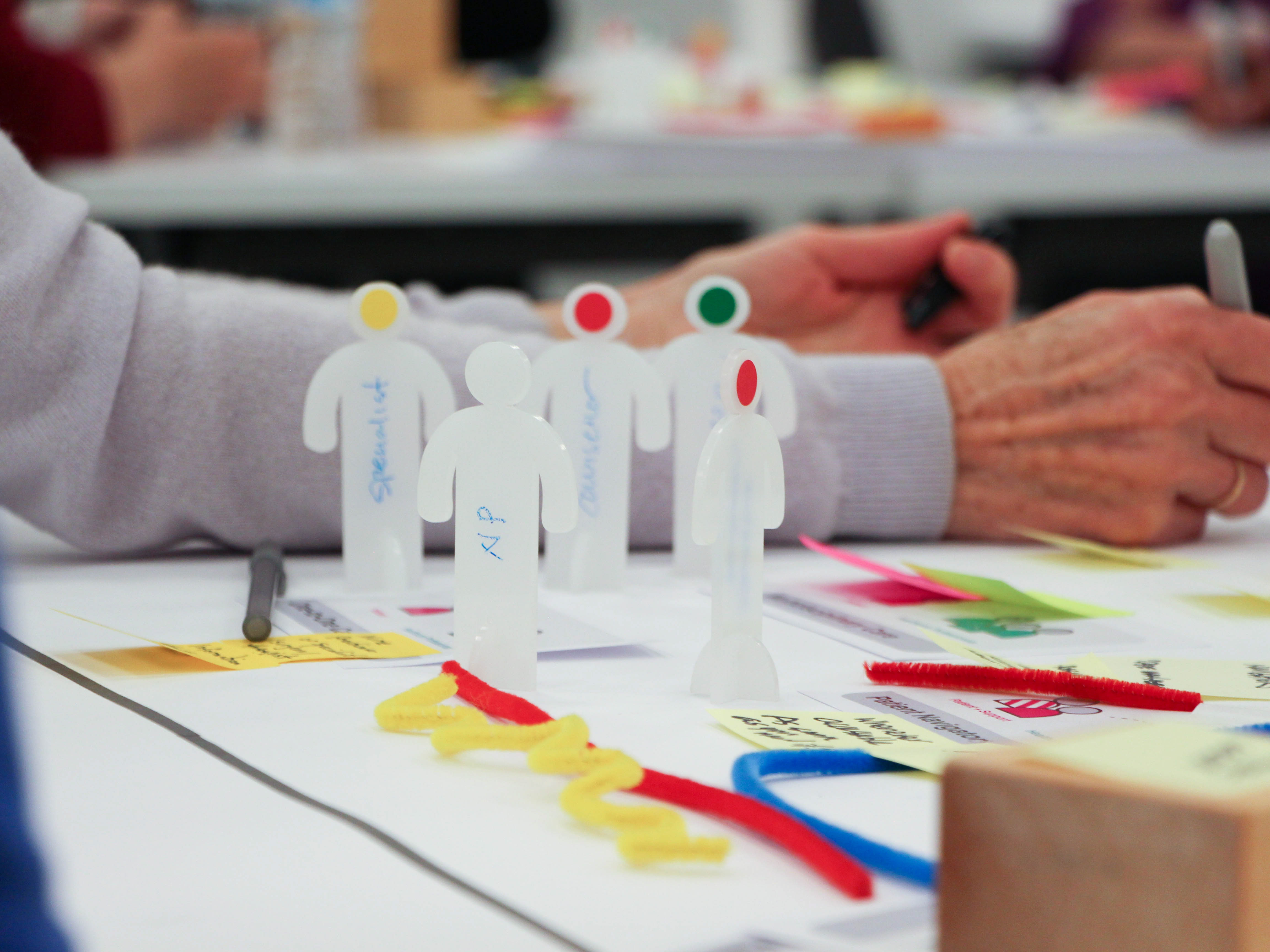For a week in 2019 I stayed in Victoria, BC, Canada where I met with eight local professional bartenders to talk about the tools of the trade. The workshops were done as one-on-one encounters at the various bars they worked at. We began with a casual discussion of all the tools they used at work. For the second portion of the workshop, I invited them to step behind their bar and walk me through two cocktails:
1. Their least favourite drink to make
2. The drink that takes them the longest to make
In the final portion of the workshop I brought out the prototypes I had created for review and feedback. The first two sections of the workshops provided crucial insights, but also primed the participants for engagement with the prototypes. Their feedback had in mind their current tools and how they felt using them in challenging scenarios.
See the full story of Stoic Tools.

The designs try to find a balance between physical and emotional fit, or anthropometric measurements and aesthetic identity. Through user engagement I found that the tool that does the job best was the tool most likely to stay in a bartender’s toolbox (outside of nostalgic ties), and that doing a job well often meant ease or reduction of motion. Inevitably everyone spoke of being drawn to their tools in some way or another because of their appearances. By the end of the workshops I heard each tool needs to:
💬 Do the job it is tasked with
💬 Have a low failure rate (not have to do a job twice)
💬 Appear pleasing as a static object
💬 Not cause damage to the body
💬 Have a low failure rate (not have to do a job twice)
💬 Appear pleasing as a static object
💬 Not cause damage to the body

